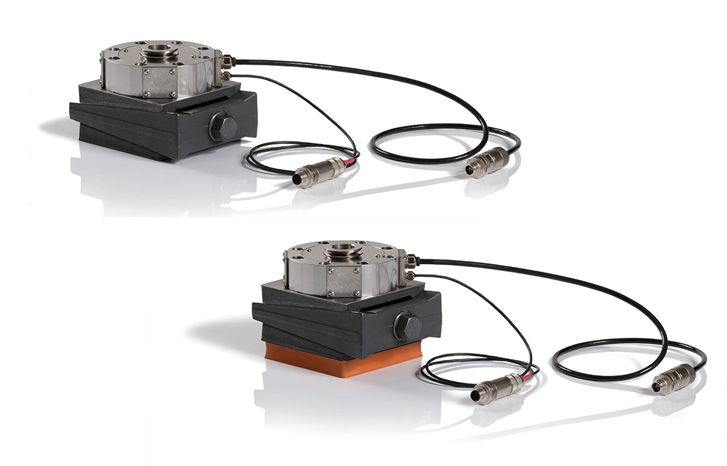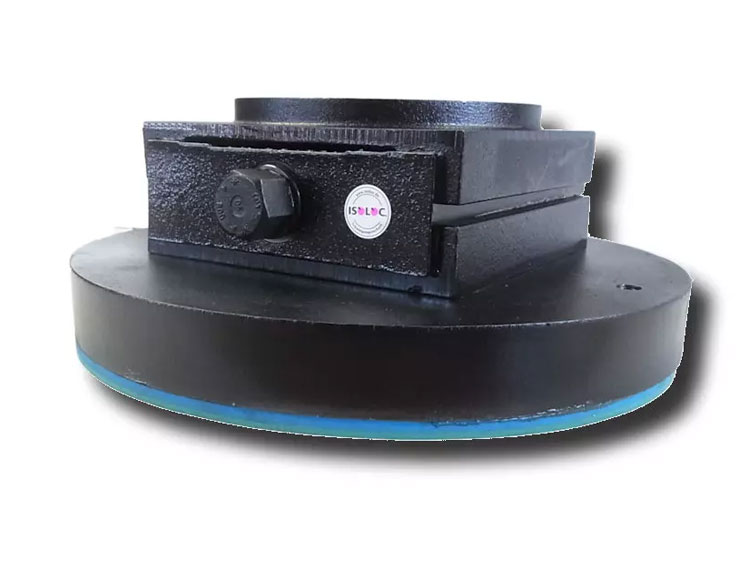Search
Optimizing the dynamic behaviour of machining centers is a key focus of isoloc vibration and structure-borne noise insulation technologies. Especially in the machining of aluminum, steel and titanium, the innovative isoloc Original machine bearing systems enable a significant increase in cutting performance. This leads to shorter throughput times and thus to a reduction in unit costs.
Solution from isoloc
Technical improvements thanks to isoloc
The free, unanchored installation on isoloc machine bearing systems enables significantly higher Kv and jerk values compared to conventional, rigid and anchored installations on fixators. These optimizations have been successfully demonstrated on various 5-axis horizontal machining centers.
Machine specifications
- Machine weight: 150 kN
- Spindle speed: Max. 30,000 rpm
- Spindle power: Max. 125 kW
- Max. Torque: 1,010 Nm
What are Kv factor and jerk?
Kv factor
In mechanical engineering, the kv factor (speed amplification factor) indicates the positioning accuracy of a traversing axis. It indicates the ratio between the process speed and the difference between the target and actual position of the machine, similar to slip. A higher kv value means better control and precision during machining. More about Kv factor
Jerk
The rate of change of acceleration, an indicator of the movement dynamics. Higher jerk values enable faster and more precise adjustments in the movement of machine parts. More about jerk

















